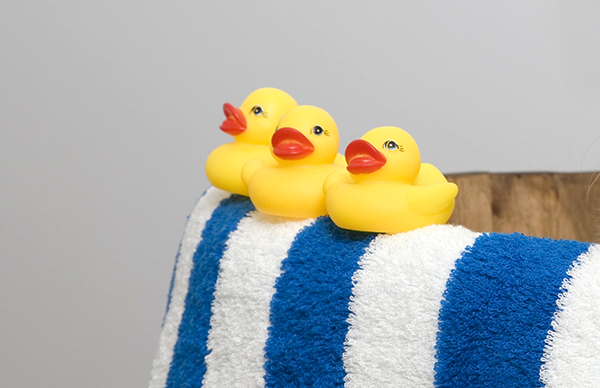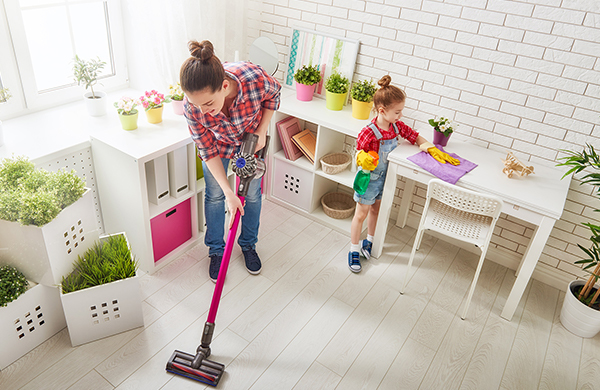GROUPON GUIDE TO LONDON
How to Clean 5 Things in Your Kitchen You Didn't Know You Had To
BY: Aimee Algas Alker |13 May 2020
All Floor Care & CleaningView All

Geepas Handheld Steam Cleaner, 1050W with Nine Accessories
17% OFF
Western International Group (UK) Ltd

360-Degree Rotating Spin Mop Bucket with Four Microfibre Mop Heads
52% OFF
Alfa Traders LTD

Refurbished Dyson V8 Cordless Vacuum Cleaner
5% OFF
4 bought
Mr Vacuum Ltd
Deals on House CleaningView All

Up to 32% Off on Carpet Cleaning at Clean Choice Cleaning Ltd
16 Bellegrove Road, Welling
32% OFF
£39.60 with code PROMO
Clean Choice Cleaning Ltd

Choice of Single, Double, Range, or Aga Oven Clean with Oven Support
Mearns Rd, Newton Mearns,, Glasgow
£44.95 with code PROMO
Oven Support

Up to 50% Off on House Cleaning at HouseCleanerLondon.com
50% OFF
£175.50 with code PROMO
HouseCleanerLondon.com

Master carpet cleaning in an expert-led online course
88% OFF
£13.50 with code PROMO
Training Express

Get Certified and Start Your Own Oven Cleaning Business
52% OFF
£7.78 with code PROMO
1 bought
John Academy

Master green oven cleaning and start your own service
88% OFF
£13.50 with code PROMO
Training Express

Transform Your Space: Unleash the Power of Spotless Living!
87% OFF
£22.50 with code PROMO
Training Express

End of Tenancy Cleaning
35% OFF
£135 with code PROMO
Iceman Services

Level 2 Certificate in Cleaning - CPDQS Certifiedat John Academy
59% OFF
£9.23 with code PROMO
John Academy

Get Certified in Housecleaning With an Online Course
88% OFF
£13.50 with code PROMO
Training Express

Boost Your Cleaning Career with COSHH Training for Cleaners
40% OFF
£5.40 with code PROMO
1 bought
Virtual Xpress

Up to 40% Off on House Cleaning at Premium Clean LTD
40% OFF
£1.08 with code PROMO
10+ bought
Premium Clean LTD



